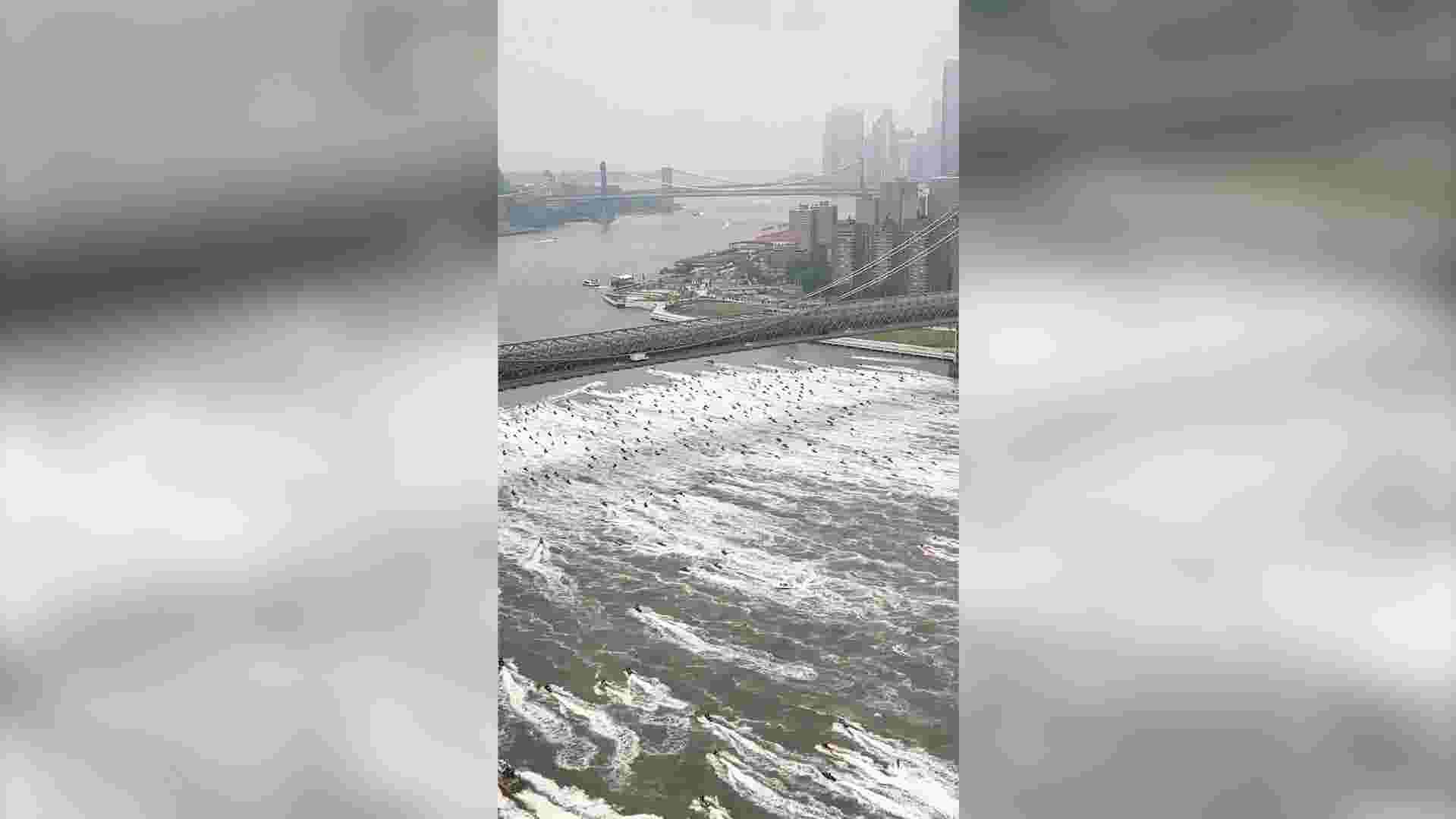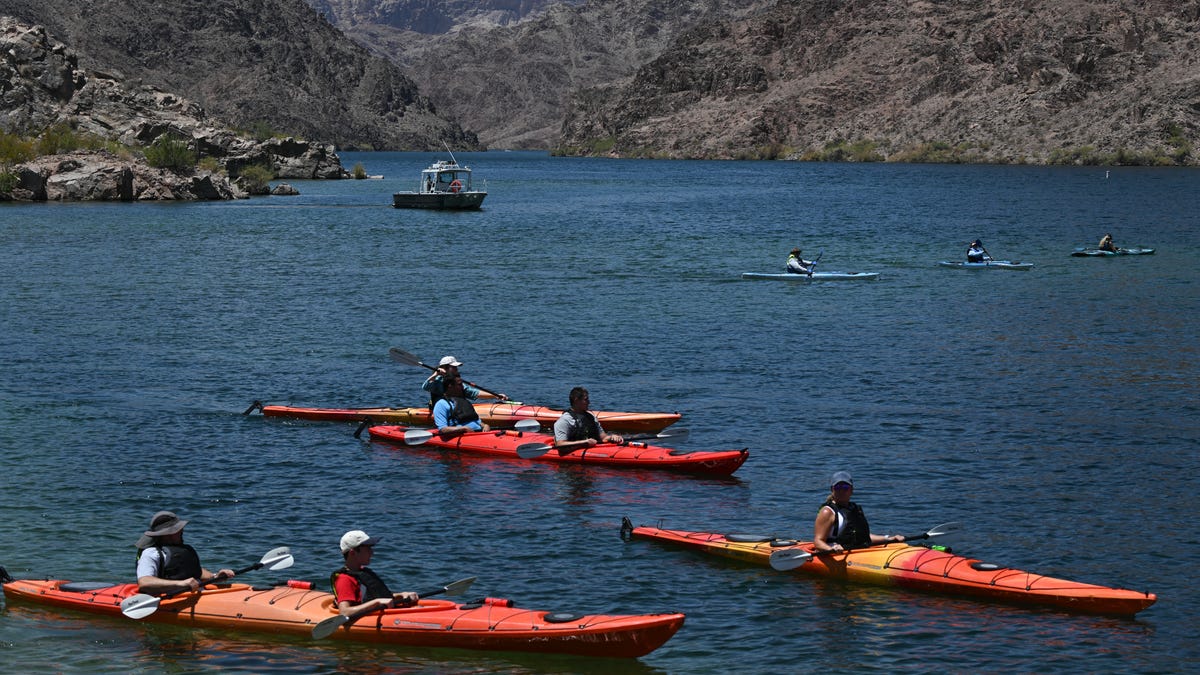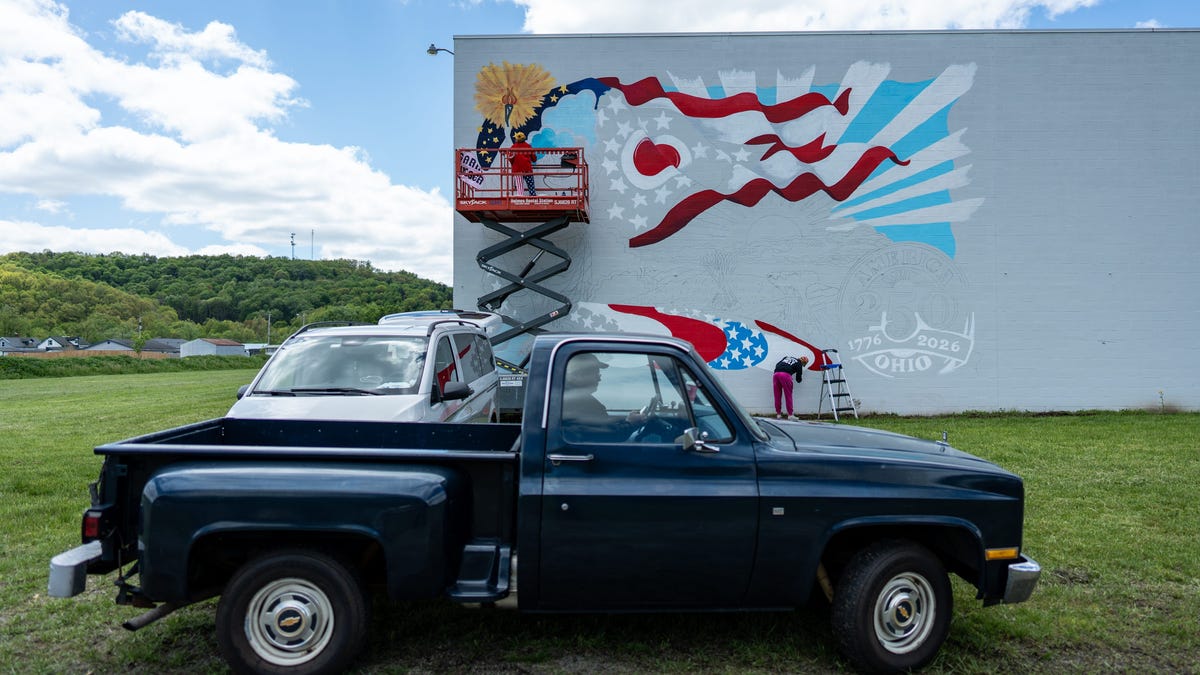
Mexican Navy ship crashes into Brooklyn Bridge, killing at least 2
At least two sailors are dead and over a dozen were injured after a Mexican Navy ship crashed into the Brooklyn Bridge, according to authorities.
The Mexican naval ship that rammed into the Brooklyn Bridge in May was swiftly moving backward at the time of the crash despite commands directing the vessel in the opposite direction, according to a preliminary report from the National Transportation Safety Board.
Federal investigators have not yet determined the cause of the crash but released a report on Monday detailing the timeline leading up to the May 17 collision, which killed two sailors and injured 19 others.
The Cuauhtémoc, a 197-foot-long ship named after the last Aztec emperor, was on a monthslong training cruise that was scheduled to stop in at least 15 countries when it smashed into the iconic bridge. The crash occurred as the ship was heading to an anchorage to refuel before departing for Iceland.
Videos captured the ensuing chaos as people on the shoreline and bridge span ran in terror, and Navy cadets dangled from the ship’s crossbeams and sailcloth.
It remains unclear why the ship was moving backward at nearly 7 mph at the time of the crash. The preliminary report did not say whether there was in issue with the ship’s engines or if the vessel had lost power, as officials have previously stated.
Federal investigators’ full report, which will detail the likeliest cause of the crash, is ongoing and could take more than a year to complete.
Timeline: How a Mexican Navy ship crashed into the Brooklyn Bridge
Before 8 p.m. on May 17, a sea pilot and a local docking pilot spoke with the ship’s captain, who told them “the propulsion and steering systems were in good order, and there were no deficiencies,” according to the report.
After assessing the visibility and weather conditions on the East River, the ship pulled away from Pier 17 in lower Manhattan around 8:19 p.m. with the help of a tugboat, the Charles D. McAllister.
The docking pilot directed the ship to move backward – instructions that were acknowledged by the captain, translated into Spanish and relayed to crewmembers, the report said.
Once clear of the slip, the docking pilot gave a stop command and then a dead-slow-ahead order – directing the ship to move forward at the slowest speed possible. The pilot then directed the tugboat to reposition itself on the front right side of the ship.
After the tugboat detached from the vessel, the pilot “ordered additional commands in the ahead direction.”
As the tugboat pushed on the vessel’s front right side, the ship began to swing toward the Brooklyn Bridge, according to the preliminary report. At that point, the docking pilot ordered the tugboat to back away and maneuver toward the right rear side of the ship.
Around 8:24 p.m., the ship’s backward speed increased from 3.7 mph to 5.8 mph and the harbor pilot called for nearby tugboat assistance. Moments later, the upper section of all three of the ship’s masts collided with the span of the Brooklyn Bridge. At the time of impact, the ship was moving backward at 6.7 mph, according to the NTSB.
Where are investigators in their probe?
After the crash, the Cuauhtémoc was towed to a local shipyard for repairs and analysis. Investigators have boarded the ship for a preliminary examination and found scraped paint on the rear left side of the ship and a deformed rudder post.
The New York City Department of Transportation inspected the Brooklyn Bridge and determined there was no significant structural damage. It was reopened soon after the crash.
Federal investigators, meanwhile, have interviewed crewmembers on the ship as well as the two pilots and the tugboat crew. The preliminary report said the pilots and tugboat captain all passed drug and alcohol tests.
“The NTSB investigation of all aspects of the accident is ongoing; we are examining the propulsion system, operating control system, relevant crew experience and training, and operating policies and procedures,” the agency said in a statement.
The estimated damage from the crash is expected to exceed $500,000, according to the report.









